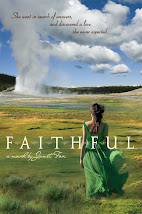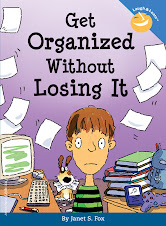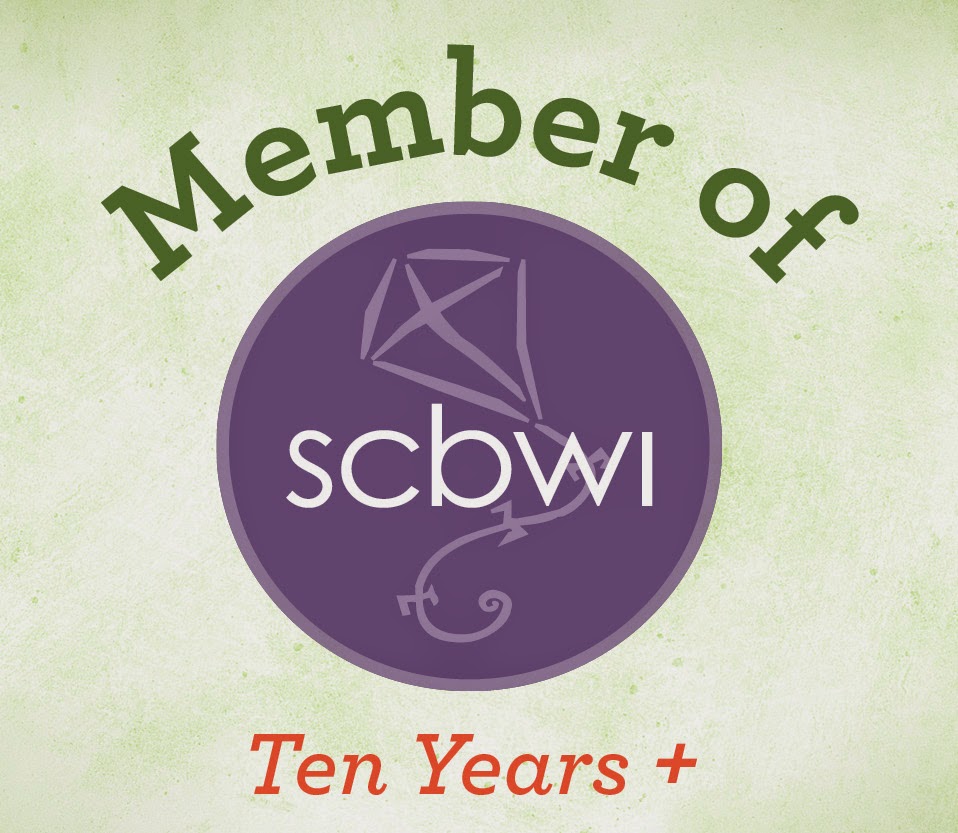My Christmas present this year was something I’ve been
thinking about ever since Jessica Dils, a fellow alum of Vermont College of Fine Arts, presented her graduate lecture in January 2010, and talked about
treadmill desks.
I’d never heard of such a thing, but it sounded like a great
idea. A writer’s sedentary lifestyle? Check. Difficulty getting to the gym some
days? Check. Recipe for weight gain and other health issues? You got it. The
idea of being able to move and write at the same time was very appealing.
Shortly following Jess’ lecture I was surprised to sense a
movement afoot (!), with the appearance of articles on treadmill desks in both SCBWI
(January 2011) and Romance Writers’ (April 2013) magazines.
All during that time friends began to blog about their
tread-desks and report weight loss and increasing productivity. The final swing
vote came from a persuasive article in The New Yorker in May 2013, and I
decided that I’d save my pennies for the purchase of a tread-desk.
While I’m relatively new to the experiment, I couldn’t be
happier. I'm writing this article on the treadmill now. Here are a few thoughts and tips in case you are curious.
After research and reading I decided to buy a complete adjustable
desk/treadmill combination made for this purpose by LifeSpan. This is not an
exercise treadmill; it can’t go faster than 4 miles an hour. It’s smaller and
lighter weight than the one you find at the gym, and has fewer bells and
whistles, although it’s pretty slick. And it doesn’t have arms, which would get
in the way of the desk.
 |
| close-up of the desk and controls - very simple! |
I chose the LifeSpan because they had great customer reviews,
excellent warranty, and a decent price: $1500 including shipping for both desk
and treadmill, plus the floor mat underneath. I could have purchased the
treadmill alone for under $1000, but then I would have had to find or build a
suitable high desk for my computer, and I’m not clever enough for that, and I’m
not convinced it would have been much cheaper. I couldn’t convert my existing
desk for a number of reasons.
I’m really pleased with this product that appears both
well-made and is attractive enough to fit into our home, and requires only the
occasional application of silicone.
However, if you are handy, you can probably purchase a
second-hand treadmill and configure a desk and have the whole package for less
than $500. Just make sure that the treadmill can go as slow as 1 mile per hour,
and that you can adjust your desktop height because it won’t be perfect the
first time out.
Here are a few other things I’m learning as I go:
- - The first hour I walked I wore my usual shoes – leather slip-ons. I quickly discovered that I need to wear a better-cushioned walking shoe, so I keep a pair of supportive workout shoes next to the tread-desk for that purpose.
- - Don’t try to work and walk at more than 1.5 miles per hour. I’m typing this at 1 mile per hour and that seems about right.
- - I was so enthusiastic that I just jumped right on and walked for an hour. Although I get to the gym 5 times a week and am relatively fit, I was stiff and sore. This was different. Ease into it, and take breaks.
- - I’m getting better at typing fast as I walk but it has taken me a few hours of practice. I need to keep my fingers closer to the keyboard to avoid constant errors.
- - The rocking motion of walking/working is odd at first, but as I got back into my story I forgot where I was and pretty soon had written a couple of thousand words while walking 2 miles.
- - My LifeSpan comes equipped with a Bluetooth-enabled fitness sensor, but the reviews on that software were poor and I’m a Mac user, so I haven’t bothered. Besides, my goal is just to get out of the chair more.
- - I’m lucky with space but be sure to factor in that the treadmill must be plugged directly into a grounded wall socket – not a GFI nor an extension nor a surge protector – and comes with only a six foot cord.
- - The same company produces a bike desk, so if for any reason you can pedal but walking is difficult, that is another option.
 |
| the entire treadmill-desk, right behind my sitting desk |
I would say this is one heck of a great Christmas present.
I’ll update on my experiences, especially if I lose those five pounds I seem to
gain at this time of year!














